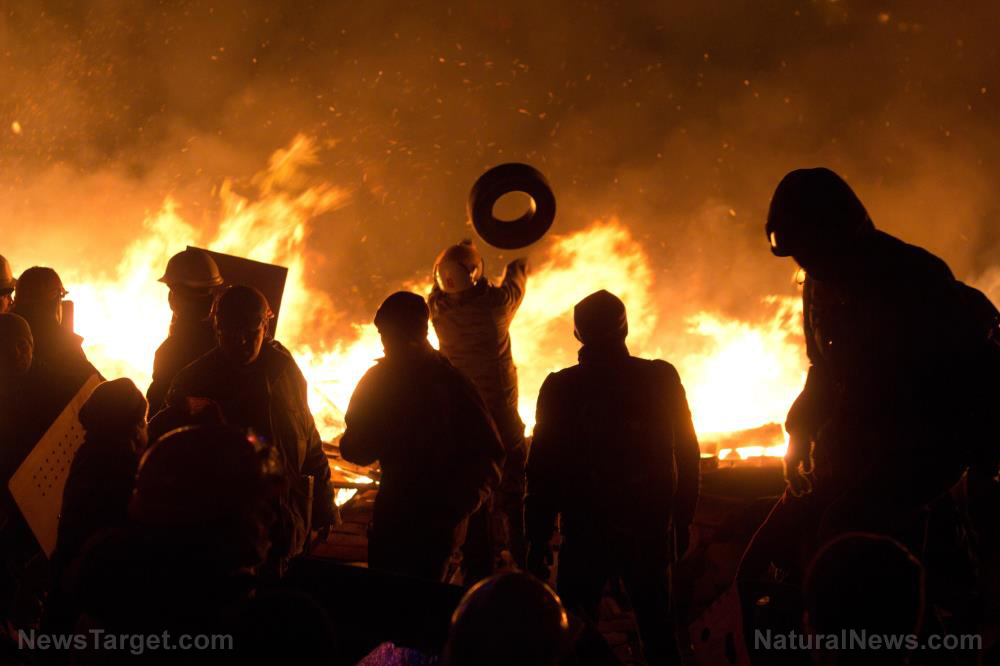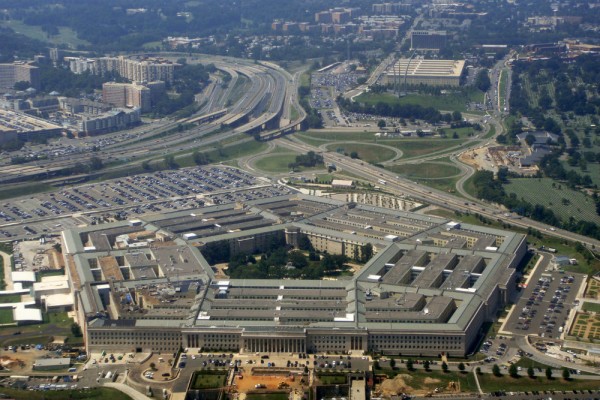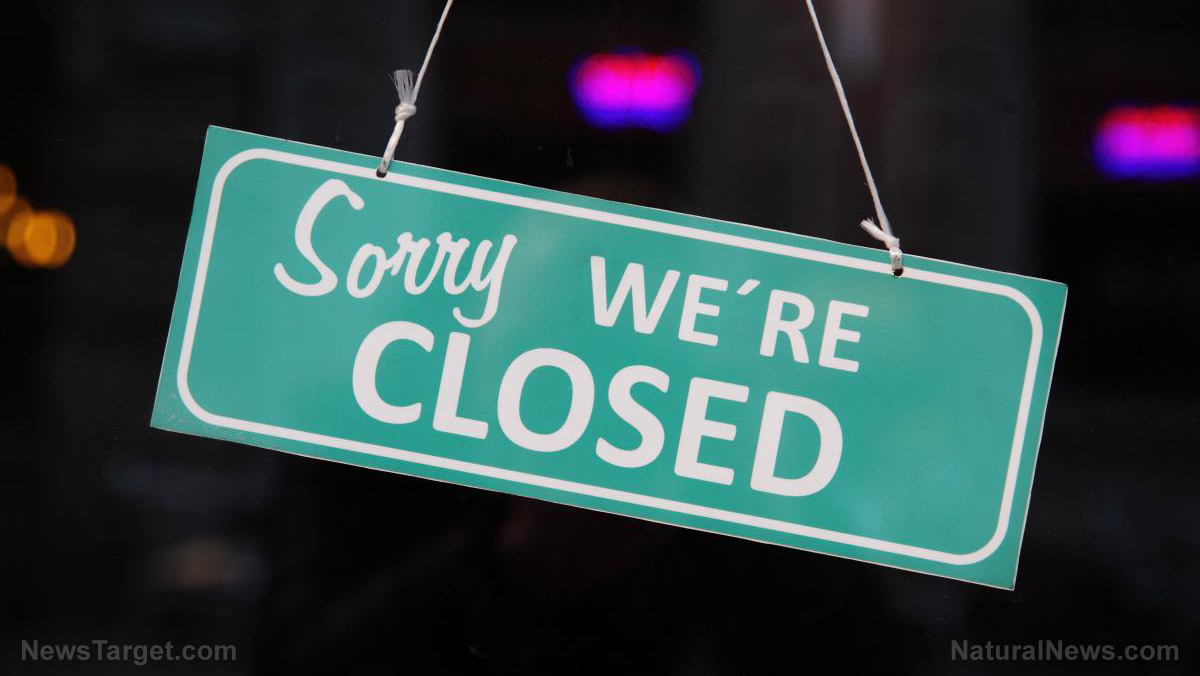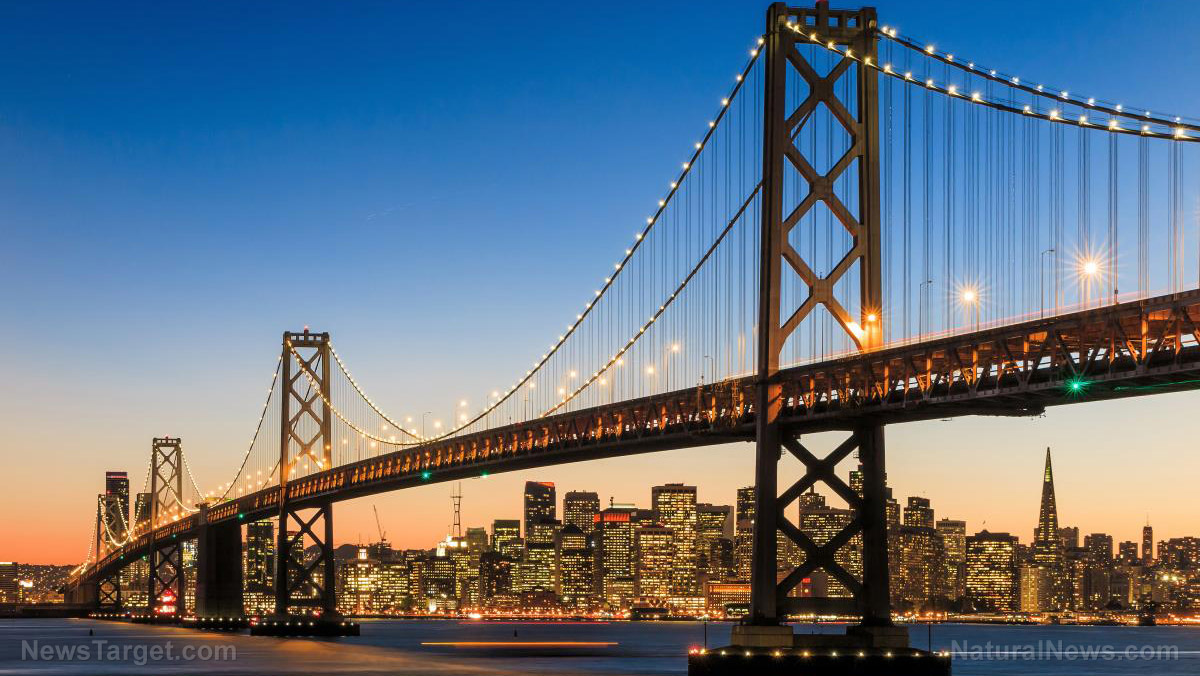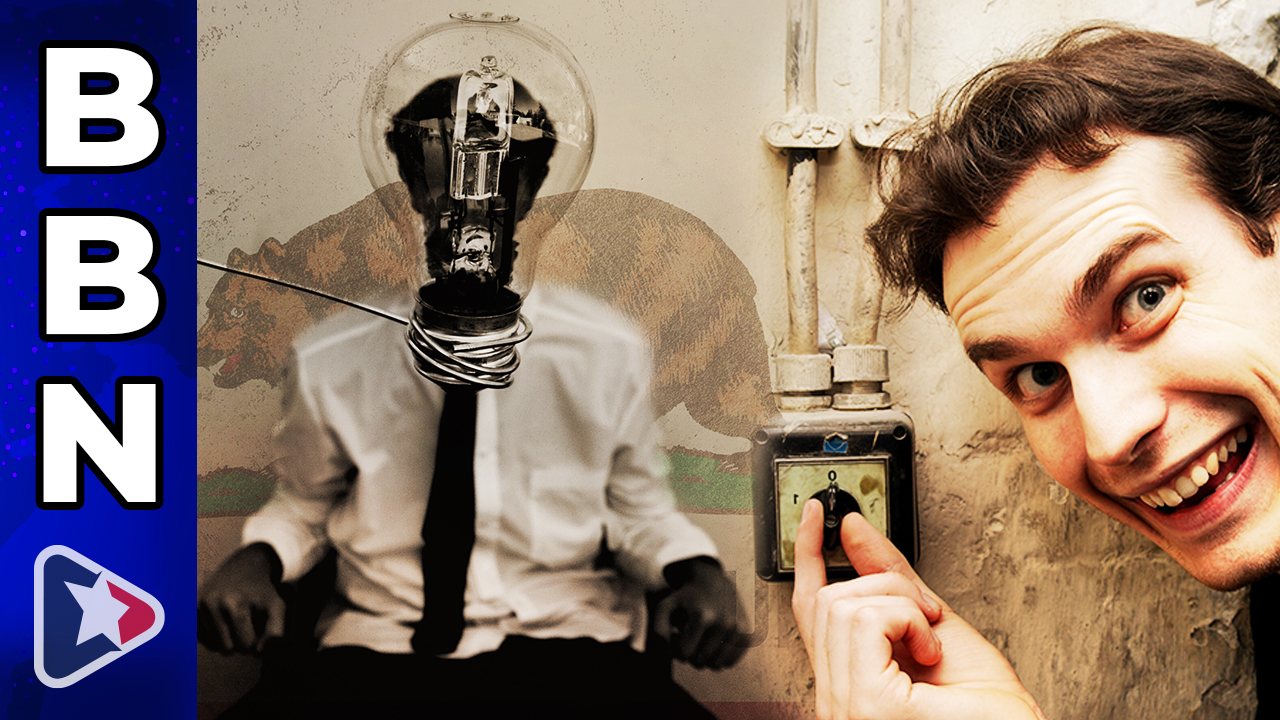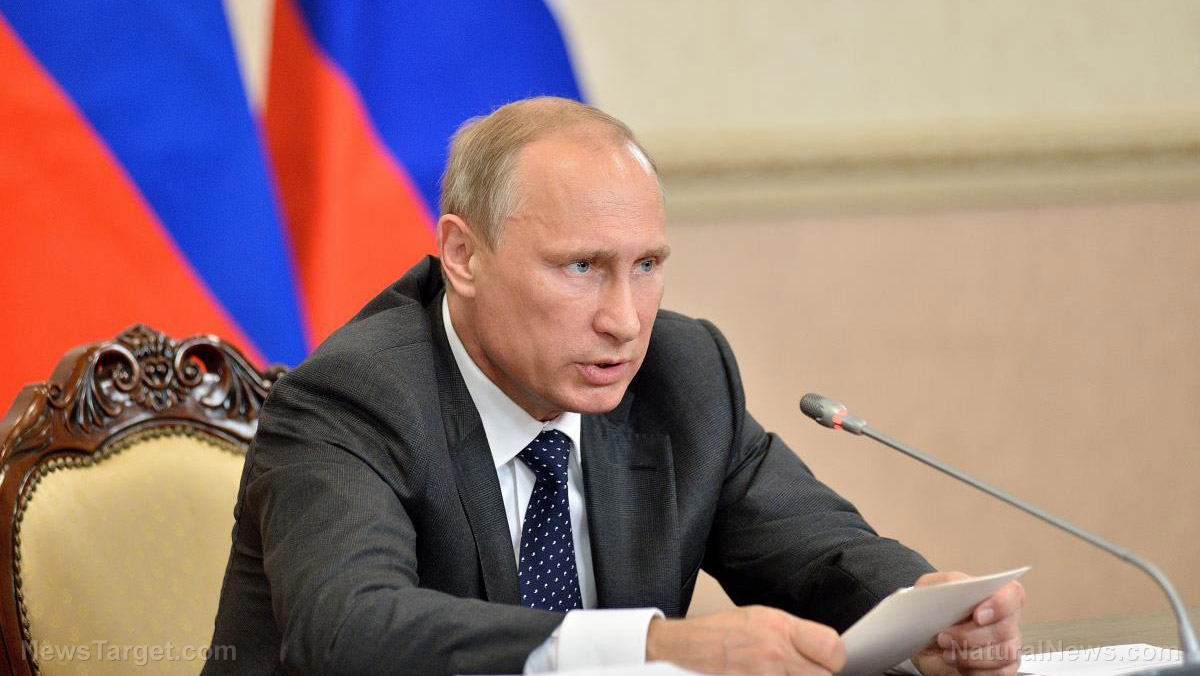Three banks suffer $60 billion in lost deposits as customers run to banks with higher interest rates
04/20/2023 / By Arsenio Toledo

Three banks – Charles Schwab, State Street and M&T Bank – suffered nearly $60 billion in combined bank deposit outflows during the first quarter of the year as customers flock to banks that provide significantly higher yields.
This is the latest disaster experienced by the American banking sector ever since the collapse of Silicon Valley Bank and Signature Bank in March, with cash moving out of bank accounts at a pace not seen since the aftermath of the 2008 global financial crisis. (Related: PULLING THE PLUG: Another $126 billion pulled by depositors from US banks, Federal Reserve data shows.)
Deposits at Charles Schwab fell by 11 percent in the first quarter, or $41 billion, and 30 percent year-over-year, down to $325.7 billion.
Custody bank State Street’s total deposits fell by five percent in the first quarter to $224 billion, far more than the projections of analysts. These same analysts have also warned that another $4 to $5 billion outflows of non-interest-bearing deposits could be lost in the second quarter.
M&T Bank reported that its total deposits declined by three percent from $163.5 billion at the end of 2022 to $159.1 billion at the end of the first quarter of this year.
State Street’s shares plummeted by more than 12 percent in New York stock exchanges after the quarterly profits report missed expectations and fees were hit by reduced assets under management in the bank’s investment arm. State Street CEO Ron O’Hanley said the sharp decline in the bank’s shares “show the sensitivity among investors [because] there was so much volatility” around deposits.
Meanwhile, despite the drop in deposits, Charles Schwab reported better-than-expected profits, and CEO Walter Bettinger addressed commentary about portfolios of debt securities held by banks, including his own company.
“I would certainly hope that by this point the short-driven speculation that we would find ourselves in a position where we would be forced to sell securities that have temporary paper losses has been put to bed,” said Bettinger.
Schwab reported a 150 percent increase in its money market funds, from $143 billion in the first quarter of 2022 to $358 billion by the end of the first quarter of this year. This also represents a 30 percent increase from the end of last year.
Depositors seeking to do business with bigger banks and banks that offer higher yields
The situation for traditional, more established banks grows dire as deposit flights continue. To make matters worse, Apple and Goldman Sachs announced on Monday, April 17, that they are partnering up to launch a new savings account in the United States that will pay a market-leading 4.15 percent interest per year.
This comes as the biggest victims of bank runs are banks that have very low-yielding savings plans. The average U.S. bank account savings rate is just 0.37 percent, which puts it in stark contrast with the Federal Reserve’s current benchmark rate of between 4.75 to five percent. This also makes Apple’s interest rate offering 10 times higher than the national average.
The deposit outflows from Charles Schwab, State Street and M&T Bank from their respective first-quarter earnings reports herald an anxious start to the week when dozens of regional and mid-sized banks are due to announce how much their deposits either grew or increase. These additional reports will provide a fuller picture of the damage wrought by Silicon Valley Bank and Signature Bank’s collapse.
Some of the country’s largest banks, including JPMorgan Chase, Wells Fargo and Citigroup, have already announced that they had raked in billions of dollars more in deposits last quarter from customers fleeing smaller lenders for fear of what might happen to their savings during a bank collapse.
Learn more about the declining state of the American banking sector at MarketCrash.news.
Watch this episode of the “Health Ranger Report” as Mike Adams, the Health Ranger, warns about how banks will implement stricter withdrawal limits to prevent bank runs.
This video is from the Health Ranger Report channel on Brighteon.com.
More related stories:
Top 25 US banks lose $89.7B after withdrawals surge following collapse of SVB and Signature Bank.
Analysis claims that covering all lost deposits in failed banks will only hasten dollar collapse.
Midsize American banks ask FDIC to insure ALL deposits (to stop bank runs against smaller banks).
Sources include:
Submit a correction >>
Tagged Under:
bank deposits, bank run, banking, Banking Collapse, banks, Bubble, chaos, Charles Schwab, Collapse, debt bomb, debt collapse, deposits, economic collapse, finance, finance riot, market crash, money supply, panic, pensions, risk, State Street
This article may contain statements that reflect the opinion of the author
RECENT NEWS & ARTICLES
COPYRIGHT © 2017 CHAOS NEWS



